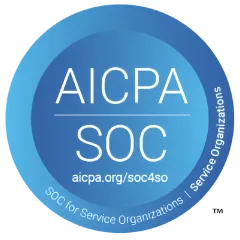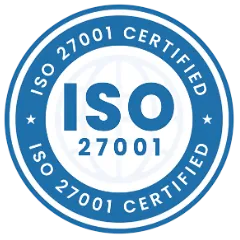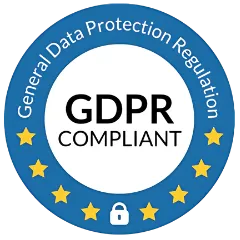Imagine running a critical operation only to have a key piece of equipment break down mid-task. Unplanned downtime is more than frustrating—it’s costly. But what if you had full control over your assets from the day they were acquired until their final retirement? That’s where asset lifecycle management becomes indispensable. In this blog, we’ll walk you through a detailed view of asset lifecycle strategies, complete with practical insights and an easy-to-understand breakdown of each stage.
Understanding Asset Lifecycle Management
Asset lifecycle management (ALM) refers to the strategic and structured process of managing an asset from its initial need recognition through to its disposal. This practice ensures that assets are not only used effectively but also maintained and retired responsibly. The core goal is to extract maximum value at minimal cost while reducing risk throughout an asset’s lifespan.
Organizations adopting ALM can expect improvements in:
- Asset utilization: Making sure each asset serves its full purpose with optimal performance.
- Cost control: Identifying areas where expenses can be reduced, including maintenance, downtime, and unplanned replacements.
- Risk reduction: Proactively monitoring asset conditions and compliance measures to avoid safety or operational issues.
- Sustainability: Encouraging environmentally responsible disposal and extended asset life through maintenance.
From manufacturing to IT, any organization that depends on tangible or digital assets can benefit from mastering the stages of lifecycle asset management.
Five Core Stages of the Asset Lifecycle Management
.png)
While the specifics may vary between industries, the asset lifecycle management universally follows five key stages. Each phase plays a vital role in determining the value, reliability, and longevity of an asset.
1. Procurement: The Foundation of Lifecycle Asset Management
Procurement marks the formal beginning of an asset’s lifecycle. Here, an organization identifies the need for a new asset, evaluates available options, and makes a purchase that aligns with both operational goals and budget constraints.
Key objectives of this stage:
- Needs Assessment: Forecast future demand based on current operations and data trends.
- Budget Planning: Evaluate total cost of ownership (TCO), not just purchase cost.
- Vendor Evaluation: Compare supplier reliability, warranty terms, and support offerings.
- Approval & Purchase: Finalize acquisition with proper documentation, such as purchase orders.
Once purchased, the asset is logged into the inventory system—setting the stage for deployment. Smart asset lifecycle tools often automate procurement workflows, reducing manual errors and time delays.
2. Deployment: Activating the Asset into Operation
After acquisition, the next critical phase is deployment. This is where the asset is physically or virtually installed, configured, and prepared for use.
Deployment activities typically include:
- Quality & Safety Inspection: Identify defects and ensure regulatory compliance.
- Tagging & Identification: Assets are assigned barcodes, QR codes, or RFID tags.
- Installation & Configuration: Hardware is assembled and tested; software is installed and licensed.
- Location Assignment: Assets are mapped within systems based on usage departments or physical sites.
Proper deployment ensures that the asset integrates seamlessly into your operations. In IT asset lifecycle management, this step may also involve setting up virtual environments, defining user access controls, and initializing monitoring protocols.
3. Utilization: Extracting Maximum Value
Utilization is the longest and most active stage of the asset lifecycle. This is when assets are put to work to fulfill the purpose they were acquired for. The focus here is performance, efficiency, and operational continuity.
Core practices during utilization:
- Performance Tracking: Monitor KPIs like usage hours, output quality, and throughput.
- Asset Auditing: Conduct regular audits to verify asset existence, condition, and compliance.
- Software & License Management: For digital assets, ensure valid and updated licensing.
- Cost-Benefit Analysis: Evaluate the economic impact of the asset’s operations.
- Upgrades and Repairs: Introduce hardware enhancements or software patches as needed.
This stage forms the foundation of the asset management lifecycle as it reveals how well the asset contributes to business outcomes. Optimizing this stage ensures long-term ROI.
4. Maintenance: Keeping the Lifecycle Running Smoothly
Regular maintenance extends an asset’s useful life and sustains productivity. Without proper maintenance, even the most expensive assets can fail prematurely.
Maintenance strategies include:
- Preventive Maintenance: Routine checks, updates, and part replacements.
- Condition Monitoring: Use sensors and analytics to detect early signs of wear or failure.
- Service Logs: Maintain detailed records of all service events, technician notes, and cost impacts.
- Compliance Checks: Ensure safety and performance standards are upheld, especially in regulated industries.
Lifecycle asset management thrives on proactive maintenance—not reactive fixes. Modern asset management systems often automate maintenance scheduling and integrate reminders to minimize oversights.
5. Disposal: Responsible Retirement of Assets
When an asset reaches the end of its usable life, the final phase—disposal—begins. This phase includes decommissioning, secure data wiping (for IT assets), and environmentally conscious recycling or resale.
Disposal best practices:
- End-of-Life Assessment: Evaluate asset condition, residual value, and risk factors.
- Data Security: Wipe all sensitive information in compliance with data protection standards.
- Environmental Compliance: Dispose of hazardous components per legal and environmental regulations.
- Resale or Redeployment: Reuse components or sell off equipment when feasible.
- Deactivation: Update inventory to mark assets as disposed or retired.
Disposal isn’t just about removing equipment—it’s about doing so responsibly while recovering as much value as possible.
Best Practices Across the Asset Lifecycle
Adopting best practices in every phase of the lifecycle asset management process helps organizations ensure consistency, compliance, and cost-effectiveness. Here are essential strategies to strengthen each stage of the asset journey:
1. Maintain a Centralized Asset Inventory
A robust, searchable asset database with real-time updates allows stakeholders to track the location, condition, and usage of all assets from procurement to retirement. This database should include attributes like serial numbers, warranty details, last maintenance activity, and asset status.
2. Implement Lifecycle-Based Budgeting
Link budget planning directly with each asset stage. Include estimates for acquisition, operation, maintenance, and disposal. This approach aligns financial forecasting with lifecycle expectations and avoids surprise expenses.
3. Automate Preventive Maintenance
Rather than waiting for an asset to fail, automate inspections, calibrations, and servicing based on runtime, date, or condition triggers. This prevents unplanned downtime and extends useful life without constant manual intervention.
4. Use Data-Driven Decision Making
Harness analytics from the asset database to make informed decisions around upgrades, replacements, or retirement. Analyzing depreciation trends, usage intensity, and support costs helps identify which assets should be kept or replaced.
5. Ensure Regulatory and Environmental Compliance
Build compliance protocols directly into your asset policies, especially during deployment and disposal stages. For example, IT hardware must meet specific e-waste standards, and medical equipment must follow sterilization or retirement protocols.
IT Asset Lifecycle Management: A Specialized Focus
Managing digital assets such as laptops, servers, software licenses, and cloud services requires a specialized approach known as IT asset lifecycle management. It involves a similar five-stage framework but focuses more deeply on software compliance, cybersecurity, and data protection.
Here’s how lifecycle principles apply to IT environments:
Procurement
- Involves selecting vendors for both hardware and software.
- Reviews licensing models—perpetual, subscription-based, or usage-based.
Deployment
- Ensures devices and applications are configured securely with encryption.
- Assigns assets to users and maps them to business processes or departments.
Utilization
- Tracks login activity, uptime, software usage, and patch status.
- Monitors software compliance and renewals to avoid fines.
Maintenance
- Includes updates, virus scans, hardware checks, and warranty claims.
- Encourages user feedback to detect performance issues early.
Disposal
- Focuses on data wiping, license recovery, and hardware recycling.
- Aligns with cybersecurity protocols and legal requirements like GDPR or HIPAA.
In essence, IT asset lifecycle management combines traditional asset control with digital hygiene, reducing exposure to both operational and data-related risks.
Why Lifecycle Asset Management Matters
Let’s revisit the big-picture benefits that come with a strategic approach to lifecycle management. These include financial, operational, environmental, and compliance advantages.
1. Improved Asset Longevity
Extending an asset’s lifespan means more return on investment. Through timely servicing and usage tracking, wear-and-tear can be controlled more effectively.
2. Cost Savings Across the Board
When you avoid reactive repairs and optimize procurement based on actual need, you cut unnecessary expenses. Lifecycle strategies reduce redundancy, wasted inventory, and emergency costs.
3. Risk Mitigation
Proactive management ensures assets don’t fail unexpectedly—helping reduce safety incidents, lost productivity, and liability exposure.
4. Regulatory Assurance
Many industries, especially in healthcare, finance, or energy, face strict regulations regarding asset tracking and maintenance. Lifecycle control ensures you're always audit-ready.
5. Sustainability and ESG Alignment
A strong lifecycle approach supports reuse, recycling, and reduced e-waste. Organizations can track environmental impact and report on sustainability KPIs with greater accuracy.
Conclusion: Gaining Full Control Over the Asset Lifecycle
From procurement to retirement, every asset your business owns tells a story. But without structure, that story can become disorganized, expensive, and risky. That’s why embracing asset lifecycle management is essential—not just for asset visibility, but for strategic growth and cost efficiency.
By managing each phase of the asset journey—acquisition, deployment, usage, maintenance, and disposal—you can extend asset value, reduce operational friction, and make smarter, data-driven decisions. Whether you're overseeing manufacturing equipment or digital infrastructure, aligning with lifecycle principles ensures your investments deliver results from start to finish.
With the right tools and mindset, your organization can elevate its asset lifecycle from a reactive necessity to a strategic business driver.












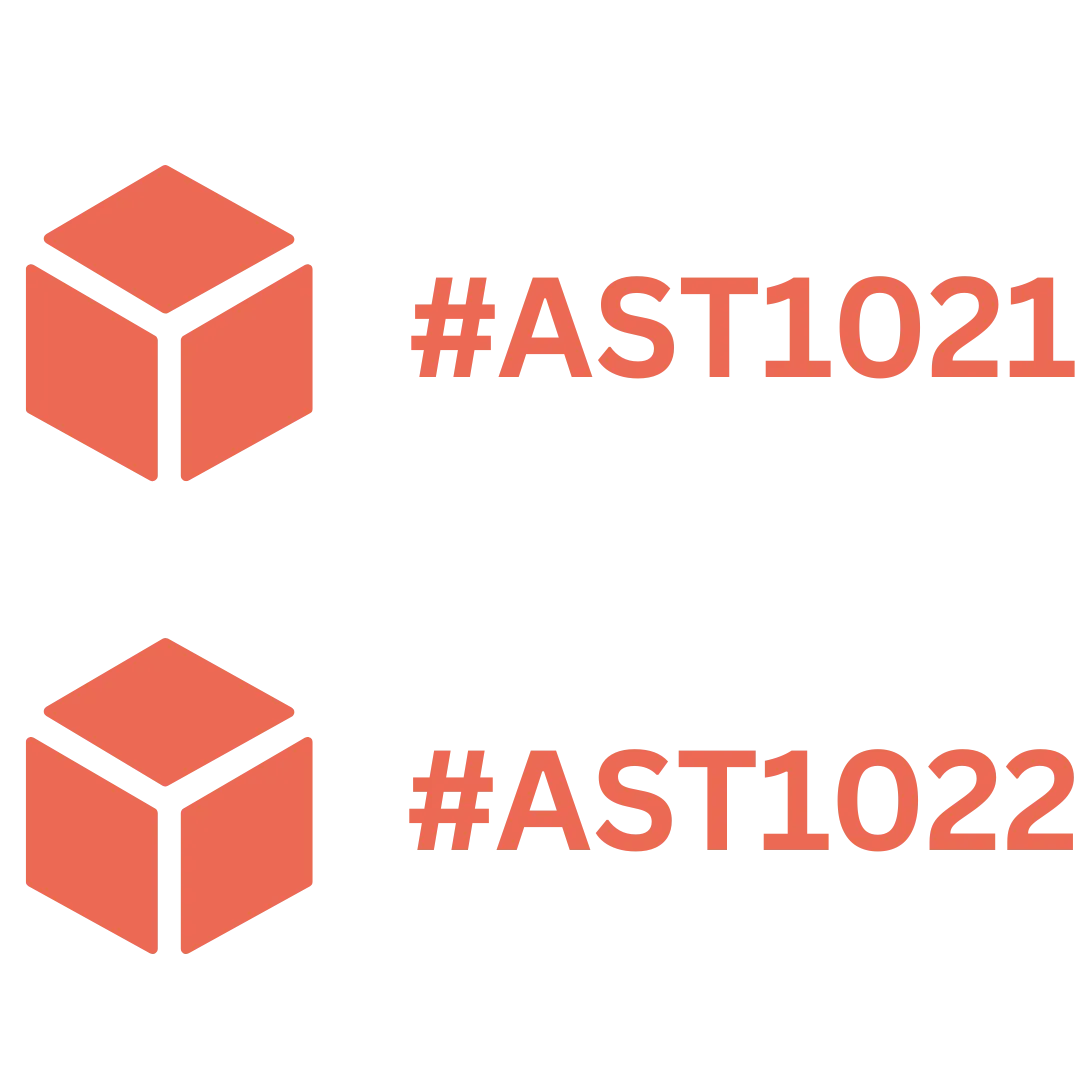

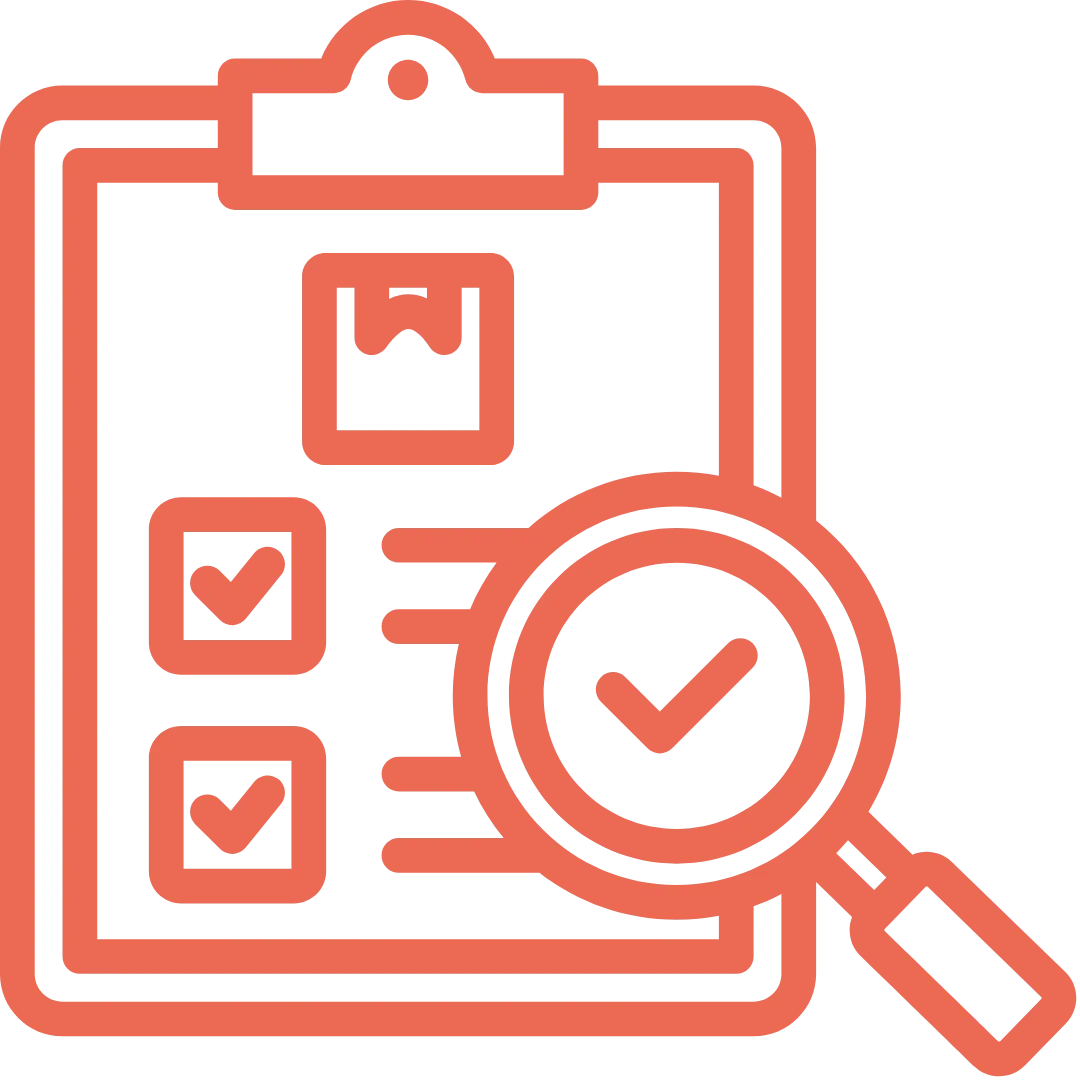



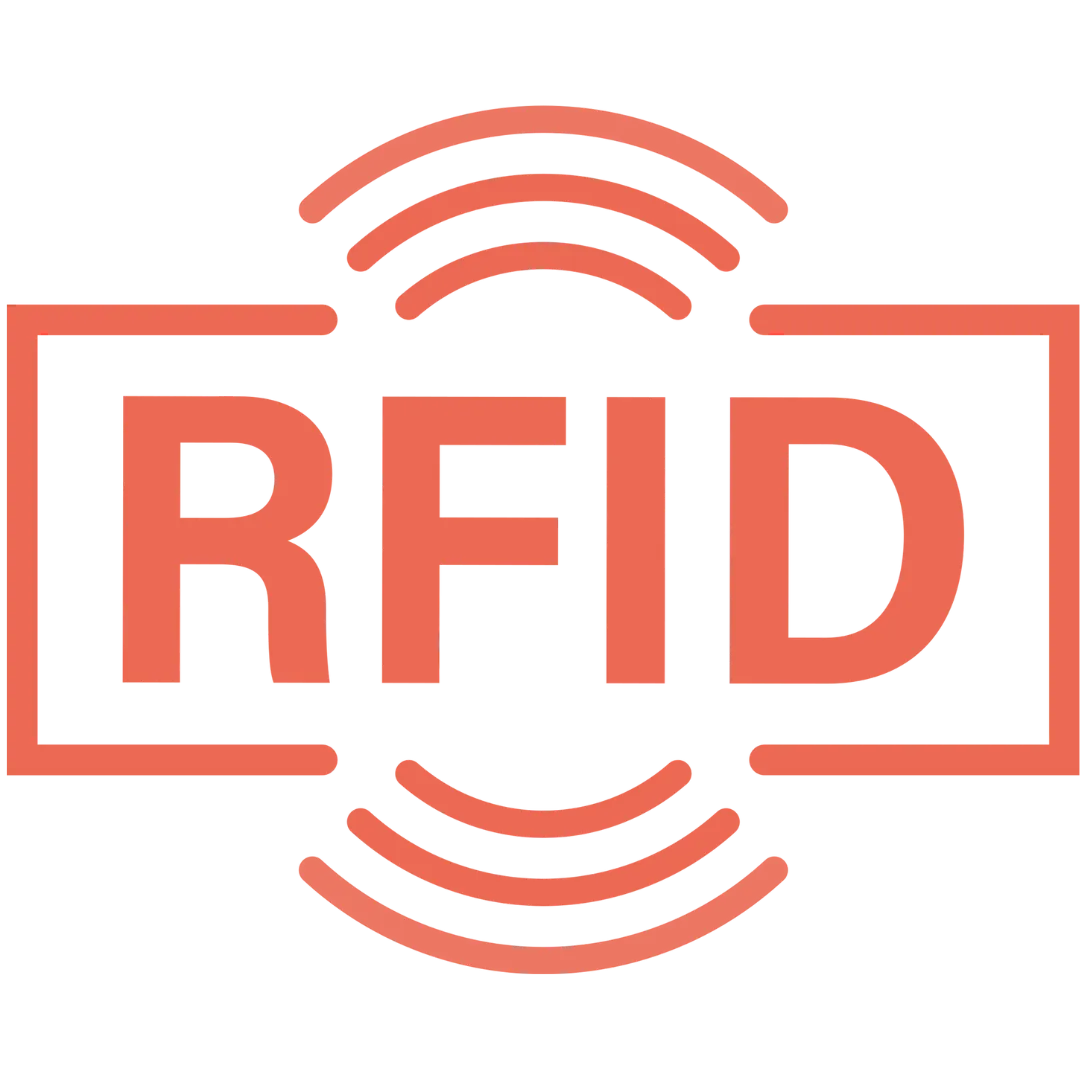






























.webp)
.webp)
.webp)
.webp)
.webp)
.webp)
.webp)
.webp)
.webp)

.svg)




.webp)
.webp)














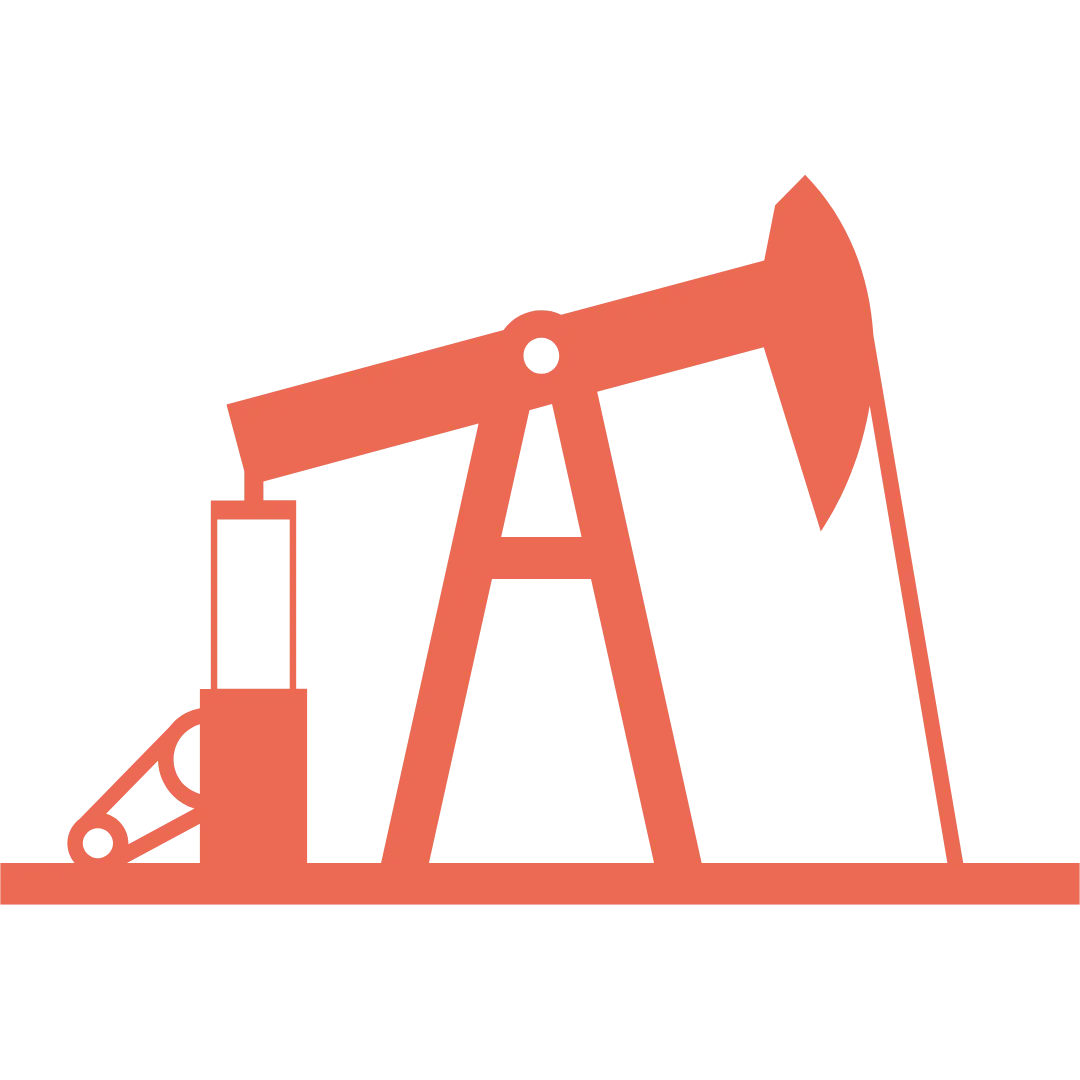




























.png)
.webp)


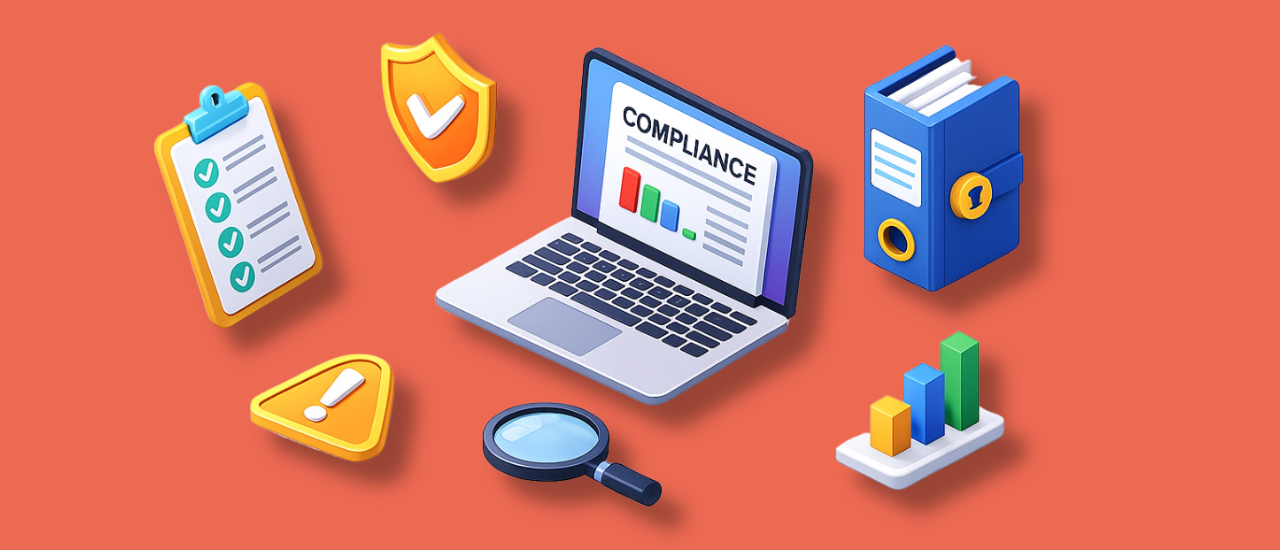
.webp)

















